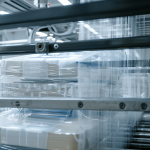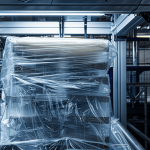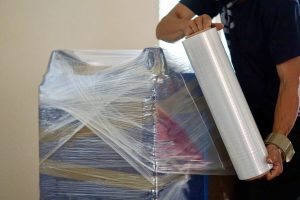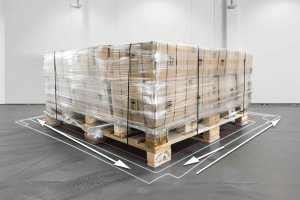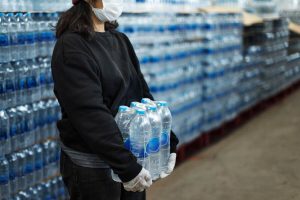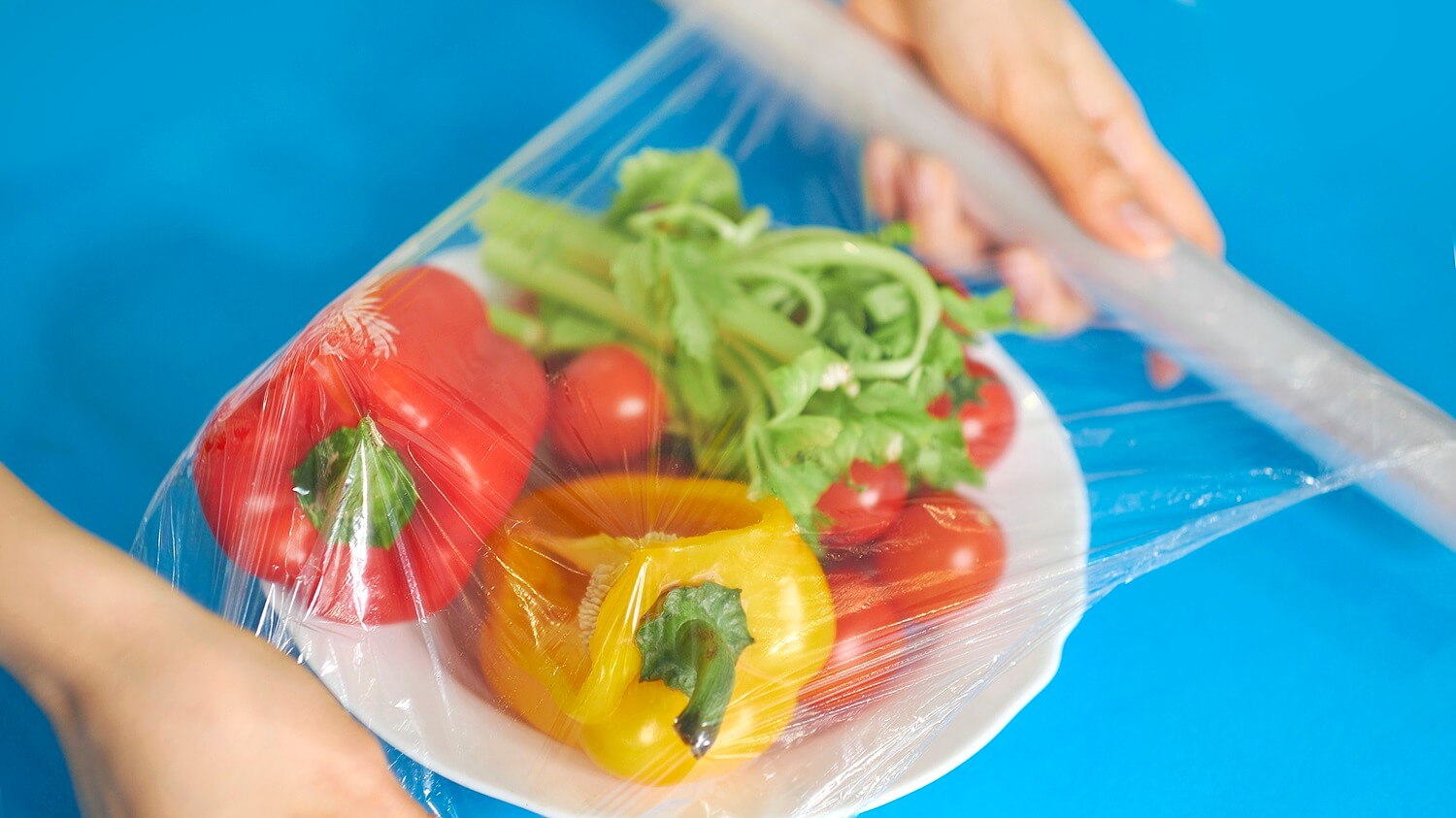
Plastic cling wrap is a revolutionary product that has transformed the way we store and preserve food. In this comprehensive guide, we will discuss the evolution of plastic cling wrap, its advanced features, and its important role in both households and the food industry.
What Is Plastic Cling Wrap
Plastic cling wrap is a thin, flexible material used to cover and preserve food. It sticks to itself and containers, creating an airtight seal that helps keep food fresh. It’s commonly used in kitchens and food industries.
Plastic cling wrap’s effectiveness lies in its ability to create a barrier that protects food from air, preventing spoilage, oxidation, and moisture absorption. Plastic cling wrap, specifically PVC food wrap, has become the best choice in preserving the freshness and quality of various food items.
The Evolution of Plastic Cling Wrap
Plastic cling wrap has undergone a significant evolution since its inception. Originally introduced as a convenient way to preserve food freshness, it quickly gained popularity due to its ease of use and effectiveness.
Over the years, advancements in technology have led to improvements in cling wrap’s strength, durability, and clinginess, making it more versatile for various packaging needs.
Moreover, environmental concerns have spurred the development of eco-friendly alternatives, such as biodegradable cling wraps made from sustainable materials. Today, it remains a staple in households and industries worldwide for its excellent convenience and practicality.
Benefits of Plastic Cling Wrap
Plastic Cling Wrap offers numerous benefits for food companies, making it a versatile and effective packaging choice. Its suitability for microwave use offers convenience to consumers, which allows them to easily heat or reheat food without the need for transfer to another container.
The material’s excellent freezer safety preserves the freshness and quality of frozen products, offering an extended shelf life. In fact, many plastic Cling Wrap varieties are now available in eco-friendly options.
Moreover, the transparency and flexibility of plastic Cling Wrap also offer an excellent platform for branding, which allows companies to showcase their products attractively. Furthermore, its cost-effectiveness makes it an economical choice for packaging, enabling food companies to optimize their production and distribution processes without compromising on quality or functionality.
Innovative Features of Plastic Cling Wrap
The plastic cling wrap continually pushes the boundaries of food preservation technology with its innovative features:
- Advanced Cling Technology
The use of cutting-edge cling technology ensures a tight seal around containers and food items, simplifying the process of keeping food fresh. - Stretch-to-Seal Performance
The plastic wrap adapts to various container shapes and sizes, providing an airtight and secure cover for your food, preventing spills and maintaining freshness. - Microwave-Safe Design
With its microwave-safe design, this plastic wrap eliminates the need for transferring food to another container for reheating, saving time and reducing dishwashing. - Freezer-Friendly Durability
The freezer-friendly design ensures the preservation of taste and texture, preventing freezer burn and extending the shelf life of your meals. - Sustainable Materials
Recognizing the importance of environmental consciousness, plastic cling wrap leads the way by using sustainable materials, such as PVC, making it an eco-friendly choice for responsible consumers. - Innovative Dispenser Technology
The incorporation of user-friendly dispenser technology makes handling and using the plastic wrap effortless and tangle-free.
Tips and Tricks for Effective Use
To maximize the benefits of plastic cling wrap, consider the following tips and tricks:
- Getting the Perfect Seal: Enhance the cling by lightly dampening the container’s rim before applying the plastic wrap to ensure an airtight seal and prolong the freshness of your food.
- Preventing Cross-Contamination: Use different colors or styles of plastic wrap for various food categories to avoid cross-contamination and maintain food safety.
- DIY Container Lids: When you run out of lids, use plastic cling wrap as a makeshift lid by stretching it over the container’s opening.
- Wrapping Odd-Shaped Items: Easily wrap irregularly shaped items by molding the plastic wrap around the object for a snug and secure fit.
- Protecting Produce: Individually wrap fruits and vegetables to reduce moisture loss and extend their shelf life.
- Travel-Friendly Packaging: For picnics or work lunches, use the plastic wrap to wrap sandwiches, fruits, and snacks to prevent leaks and spills.
The Use of PVC Cling Film in the Catering and Hospitality Sector
According to Independent Chef Panel research, 81% of chefs and food managers consider PVC cling film essential in their kitchens. This versatile and efficient product not only extends the shelf life of food but also plays an important role in reducing food waste.
A report by food safety company STS highlights that PVC cling film can preserve several kilograms of food with just 1 gram of the material. Its ability to isolate food helps maintain the integrity of flavors, and its waterproof qualities make it an ideal choice for preserving sauces and marinades.
The Use of Cling Film in Restaurants and Food Production Businesses
In restaurants and food production businesses, plastic cling wrap preserves freshness and ensures food safety. Firstly, it is widely utilized for wrapping and covering prepared dishes, leftovers, and ingredients to prevent contamination and maintain flavor. By creating an airtight seal, cling wrap helps extend the shelf life of perishable items, reducing food waste and saving costs.
As in food production settings, cling wrap is indispensable for packaging individual portions or bulk quantities of products for distribution and storage. From wrapping trays of prepped ingredients to packaging finished goods for transport, cling wrap provides a convenient and hygienic solution to protect food during various stages of production and distribution.
The Use of Cling Film at Homes
At home, plastic cling wrap too serves a variety of purposes. It is frequently used to cover and preserve leftover food, sealing in freshness and preventing spoilage.
Additionally, cling wrap is used to wrap sandwiches, snacks, and other perishable items for convenient storage or transportation. Its ability to adhere tightly to surfaces also makes it useful for covering bowls and containers, preventing spills and maintaining cleanliness in the kitchen.
In a Nutshell
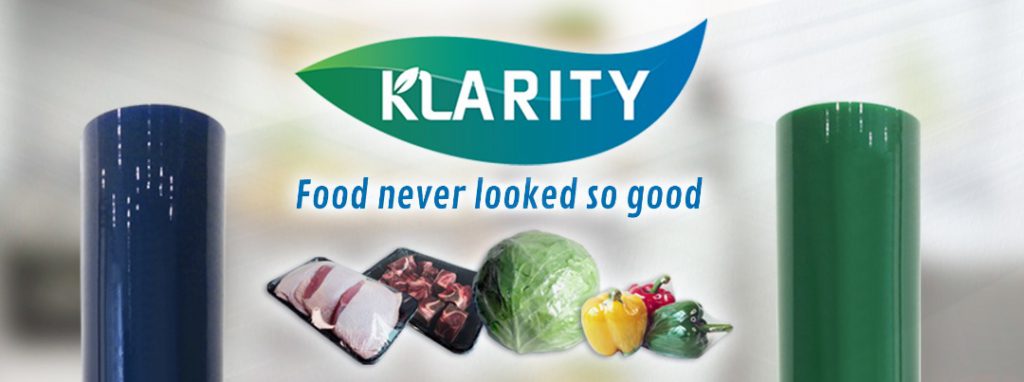
The evolution of plastic cling wrap, particularly PVC food wrap, has revolutionized food preservation in homes and the food industry. However, with growing concerns about environmental impact, the introduction of environment-friendly food wrap, such as PVC cling wrap, has further enhanced sustainability efforts in food packaging
With its advanced features, including biodegradability, sustainability efforts, and innovative technology, this biodegradable alternative to traditional plastic wrap offers a more eco-friendly solution without compromising on functionality.

